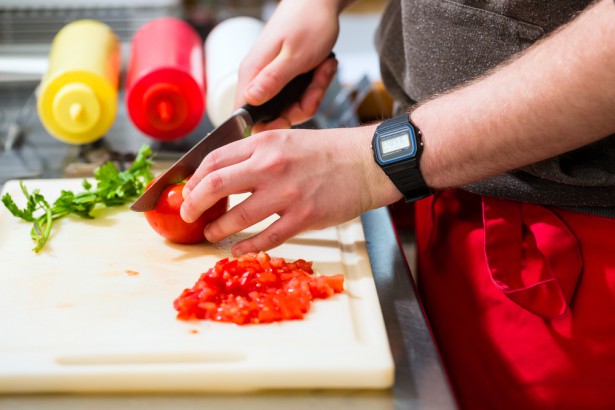Are frozen vegetables good for you?
mis à jour le 6 October 2015 à 23:02
More and more vegetables and raw vegetables benefit from this convenient packaging. But what are their nutritional benefits?
Thanks to frozen vegetables, we can get all our nutritional needs for a day in a matter of minutes. No need to peel, wash or cut them, simply enjoy.
Developed by INRA in the 1980s, now we have mixed vegetables for cooking, salads and raw vegetables (carrots, leeks, radishes, cabbage, mini corn cobs...) while the rest of the vegetables are part of the so-called 'fourth range' after the fresh, canned and frozen.
It is truly a bargain for the 22% of us who prefer to reduce preparation time while cooking. These 'high tech' vegetables are also much more expensive than those sold in the the wet market. Nevertheless, 31% of us buy frozen salads once a month and the remaining 15% regularly buys ready-to-eat vegetables.
The salad and all its leaves
Lettuce, mache salad, young shoots or frisee leaves arrive whole at the factory and are cut (excluding the seedlings), washed and rinsed in clean water before they are drained. The 'mist' seen in a bag of vegetables is entirely normal.
"The phenomenon is natural and it is not dangerous," says Tatiana Lamy, head of the frozen food line at Bonduelle Frozen."These are traces of moisture after washing; the salad is a live product which continues to 'breathe' after bagging. "
How to eat them
Make a appetiser: A platter that is low in calories (72kcal/100g) makes for a fresh and healthy snack: baby carrots, cherry tomatoes, pink radishes, cauliflower, celery, etc. Dip them all in two herbed sauces.
Lunch on the go: A new mix that is extra delicious but light (23kcal/100g) comprises of Batavia leaves, red oak, mache (an anti-inflammatory salad with vitamin C and E and Omega 3) and for a note of sweetness and extra antioxidants, raw beetroot.
Thank you to Béatrice de Reynal, co-author of the Secrets de la dermonutrition : bien manger pour être belle! (ed. Vuibert) and to Angélique Houlbert, co-author of Recettes du régime IG (ed. Thierry Souccar)
1. Institut national de la recherche agronomique. 2. Interprofession des fruits et légumes frais. 3. Centre technique interprofessio.nnel des fruits et légumes.
Isabelle Soing



